Pros and cons of imposing excise tax on sugary drinks
S. Angela Pratt, Chief Representative of the World Health Organization (WHO) in Vietnam, talked with Investment Newspaper reporters about the pros and cons if Vietnam applies this tax tool, as well as lessons from other countries.
 |
| Dr. Angela Pratt, World Health Organization (WHO) Representative in Vietnam. |
How do you assess the importance of tax policy in controlling sugary beverage consumption, as well as promoting health equity?
WHO welcomes the resolution recently passed by the National Assembly on reviewing the amended Law on Special Consumption Tax in the next two sessions.
Taxing sugary drinks is a powerful tool to protect health. Increasing the price of sugary drinks through taxation will encourage people to reduce their consumption of these drinks and switch to healthier drinks such as water and other sugar-free drinks. Therefore, taxing sugary drinks can help prevent diseases such as diabetes, heart disease, tooth decay, osteoporosis, obesity, etc., while promoting health equity and increasing tax revenues, which can then be used to fund the Government's health priorities. Therefore, this is a win-win strategy: it is good for public health, good for government tax revenues and good for health equity.
WHO recommends that Vietnam impose a special consumption tax on sugary drinks at a level high enough to reduce consumption of these products, helping to protect health, especially the health of children and adolescents. International experience shows that imposing a tax on these drinks increases the price by 10%, and consumption decreases by about 11%.
What will Vietnam gain and lose if it imposes a special consumption tax on sugary drinks, madam?
Taxing sugary drinks would have several important benefits.
First, it helps limit the consumption of sugary drinks. In Vietnam, sugary drink consumption has increased rapidly in recent years, from about 35 liters/person in 2013 to 52 liters/person in 2020. At the same time, the rate of overweight and obesity in adolescents has doubled, from 8.5% in 2010 to 19% in 2020. In adults, the rate of overweight and obesity has increased by about a third in the past 6 years (from 15% in 2015 to more than 19% in 2021).
Second, taxes generate revenue. The Mexican government raised an additional $2.6 billion in 2014-15 from a tax on sugary drinks, while in South Africa, the first two years of the tax generated about $200 million for the National Health Promotion Fund. The additional government revenue from the sugary drink tax could be invested in priority programs, such as expanding health insurance coverage for poor households.
As for the loss, the industry argues that a tax on sugary drinks would disproportionately affect the poor. This is not true. In Vietnam, recent household living standards surveys show that higher-income households consume more sugary drinks than lower-income households. So poorer households would be less affected.
In fact, international experience shows that taxes on harmful or unhealthy products such as tobacco and sugary drinks benefit poor households the most. These groups tend to reduce their consumption the most after the tax is imposed, and therefore benefit the most from the prevention of non-communicable diseases associated with sugary drinks. In the long term, this will contribute to income savings and reduce health costs associated with these diseases.
The industry also argues that sugary beverage taxes will cost jobs. This is also not true. The evidence is that consumers will switch to water and sugar-free drinks, which should offset any job losses and even create new jobs. In Mexico and Berkeley, California, the introduction of such taxes has created more jobs in the food sector.
Can you share the effectiveness of taxes on sugary drinks in some countries? What lessons can Vietnam learn from those countries?
Some 110 countries (representing 57% of the world’s population) have imposed excise taxes on sugary drinks, and there is growing evidence that they work.
In Mexico, a tax of about 10% on sugary drinks reduced consumption by about 6% after six months and by about 12% after 12 months. At the same time, consumption of sugar-free drinks, mainly bottled water, increased by 4%.
In the UK, two years after the tax on sugary drinks was introduced, consumption of high-sugar drinks (over 8 grams per 100 ml) fell by 35.1%, while consumption of medium-sugar drinks (5-8 grams per 100 ml) fell by 45.5%. Meanwhile, consumption of low-sugar drinks (under 5 grams per 100 ml) and no-sugar drinks increased by 35.5%.
People’s health improves when they reduce their consumption of sugary drinks. For example, in Mexico, tooth decay rates dropped significantly after a sugary drink tax was introduced. The tax, which was introduced in 2014, is estimated to have prevented 89,000-136,000 new cases of type 2 diabetes over the next 10 years in the country.
Based on that fact, we recommend that public facilities such as schools, sports facilities and hospitals should provide sugar-free drinks, such as mineral water. In particular, schools or sports facilities should absolutely not have room for sugar-sweetened drinks.
Source: https://baodautu.vn/duoc-va-mat-khi-ap-thue-tieu-thu-dac-biet-voi-do-uong-co-duong-d218544.html




![[Photo] Prime Minister Pham Minh Chinh meets with US business representatives](https://vphoto.vietnam.vn/thumb/1200x675/vietnam/resource/IMAGE/2025/5/13/5bf2bff8977041adab2baf9944e547b5)



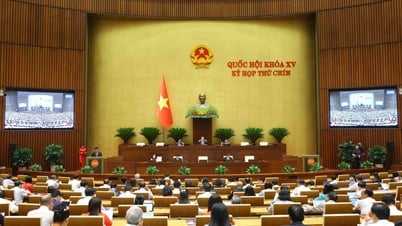



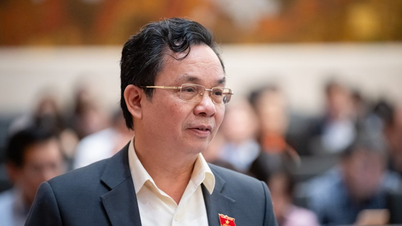

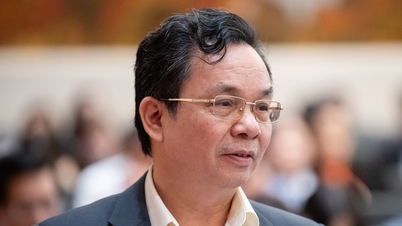

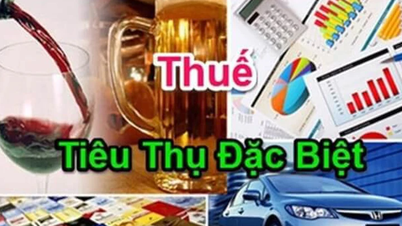


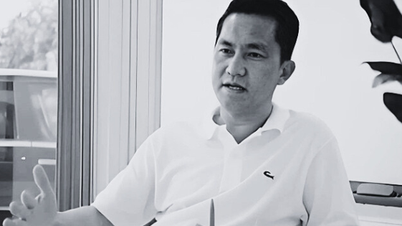
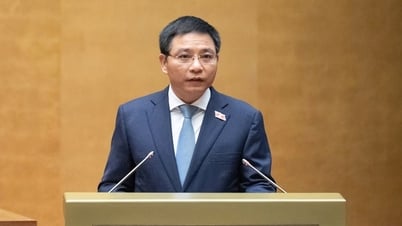

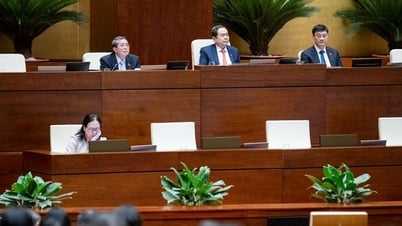












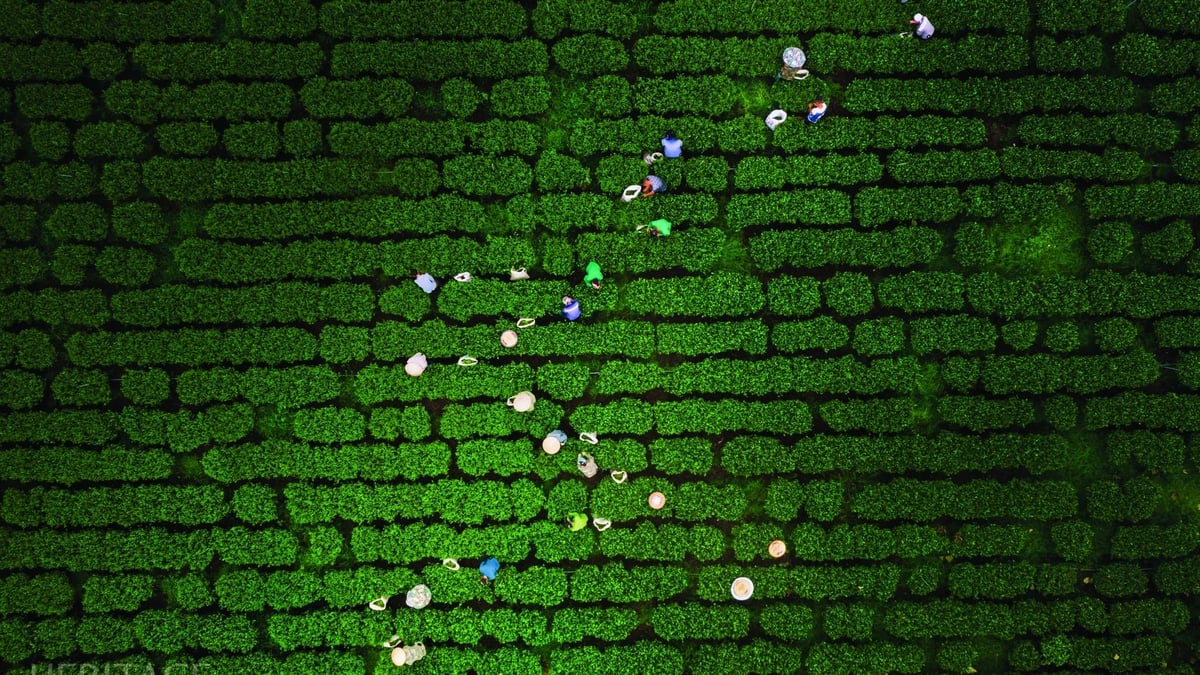










































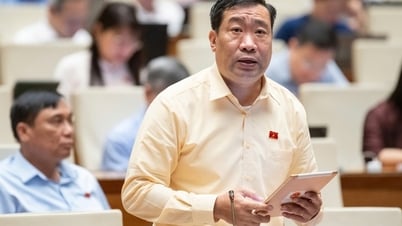
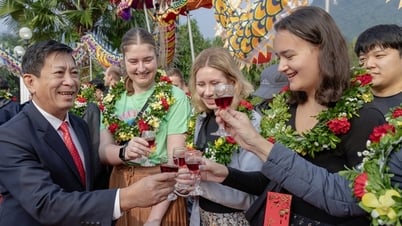






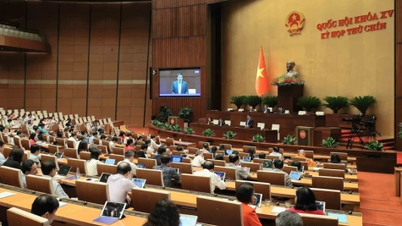



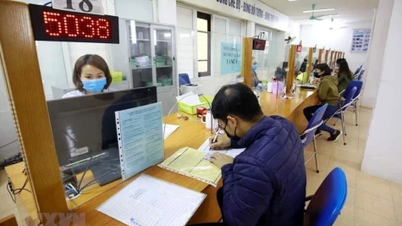











Comment (0)